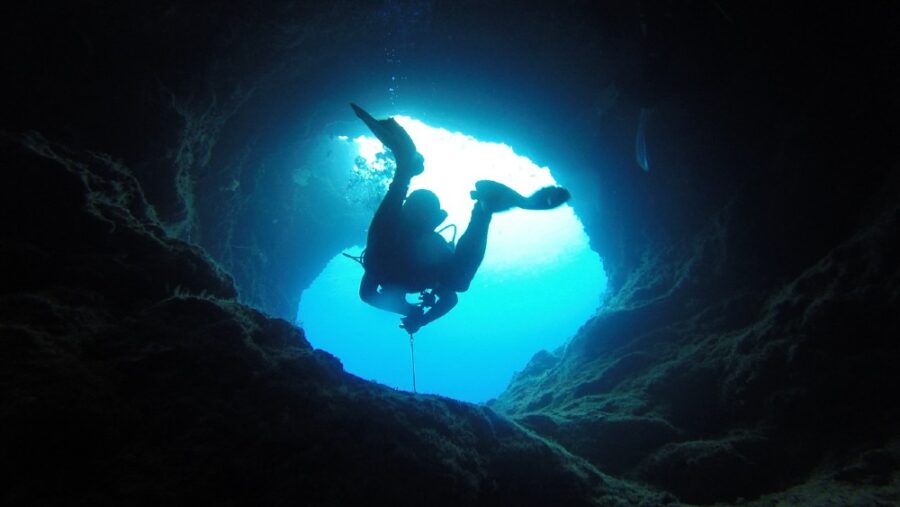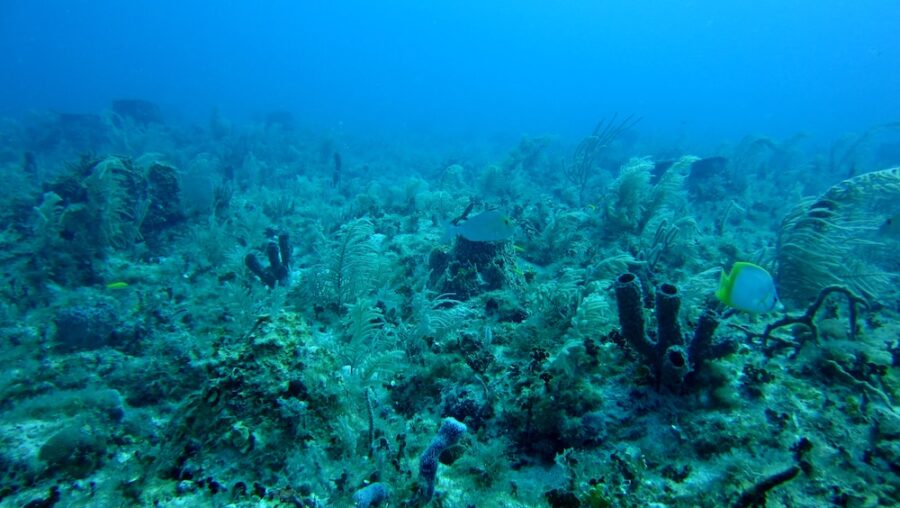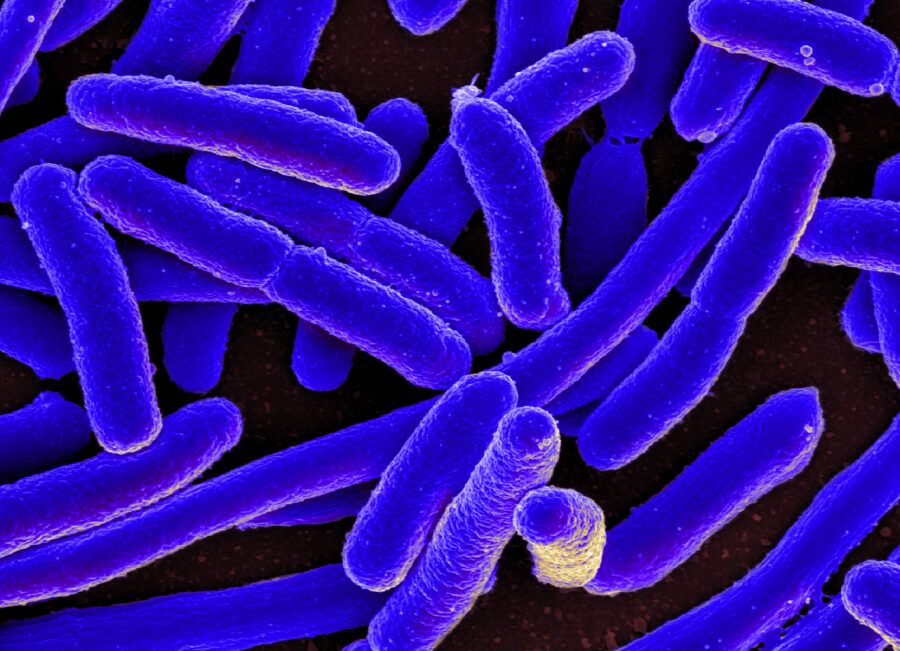Underwater Cavern Hiding Under Mexico Supports Incredible Living Organisms

Despite all of our advancements in scientific research, the natural world still holds a treasure trove of secrets just waiting to be discovered. One example is the secret underwater labyrinth in Mexico, teeming with microscopic life. According to Science Alert, for the first time ever, researchers have found pockets of thriving microbial organisms hiding underwater in Mexico’s Yucatan carbonate aquifer.
The Yucatan Carbonate Aquifer

The Yucatan carbonate aquifer is one of the largest groundwater systems on the planet. It’s so vast that scientists have only been able to map a fraction of the underwater caverns located beneath Mexico. Despite the aquifer being home to numerous toxic sinkholes, the numerous subterranean tunnels and caves woven throughout the area are a source of drinking water for two million locals as well as the 10 million tourists that visit every year.
“These are incredibly special samples of underground rivers that are particularly difficult to obtain,” said geobiologist Matthew Selensky, in regard to the microbe-dense freshwater that fills the underwater caverns near Mexico. That life exists at all in such a harsh environment is a miracle in itself.
Not only do the microscopic organisms have to deal with the salt water from the Gulf of Mexico that bleeds into the aquifer, but also stratified levels of temperature, light, acidity, and an inconsistent concentration of nutrients.
Divers Collect Samples

A team of cave divers acquired 78 water samples from the underwater caverns in Mexico, samples that geobiologist Magdalena Osburn of Northwestern University and her team of researchers used to get a picture of the abundance of different species of microbes living in the aquifer. Osburn sequenced the genes in the samples and found 4,183 unique sequences representing 917 different families of microbes.
Bacteria

One of the most prominent families of bacteria the researchers found across all 12 sites that were sampled was Comamonadaceae. The Comamonadaceaea are microscopic, rod-shaped life forms that are usually found in environments rich in soil and water. The organisms require oxygen much like humans, but unlike us use swishy, tail-like flagella to propel themselves.
But the Comamonadaceaea aren’t alone in the underwater caverns of Mexico. Other identifiable organisms found in the samples included nitrogen-based bacteria Gemmataceae and the methane-dependent Methyloparacoccus. The myriad of microbial species found within the aquifer directly influences the chemistry of the water they reside in.
The Yucatan Carbonate Aquifer Is A Major Water Source

“This underground river system provides drinking water for millions of people,” said Osburn. The geobiologist went on to note that anything that happens to disrupt the “microbial communities” will potentially be “felt by humans.” Luckily, much of the underwater ecosystems in Mexico’s Yucatan aquifer have been relatively untouched by human meddling thanks to their isolated location.
Pollutants Danger The Water Source

Unfortunatley, despite the hidden nature of many of the aquifer’s pools of bacterial life, man-made pollutants still find their way into the complex underwater system of caves below Mexico. These pollutants include fertilizers, pesticides, drugs, and toiletries. Osburn and her team found that only 13 of the 173 naturally formed sinkholes that have so far been examined by scientists were free of pollutants.
This discovery just stands to illustrate that even hidden underwater caves in Mexico with isolated pockets of microbial life are still vulnerable to human pollution. So prevalent has our mistreatment of the Earth become that even the planet’s most remote areas aren’t safe.












